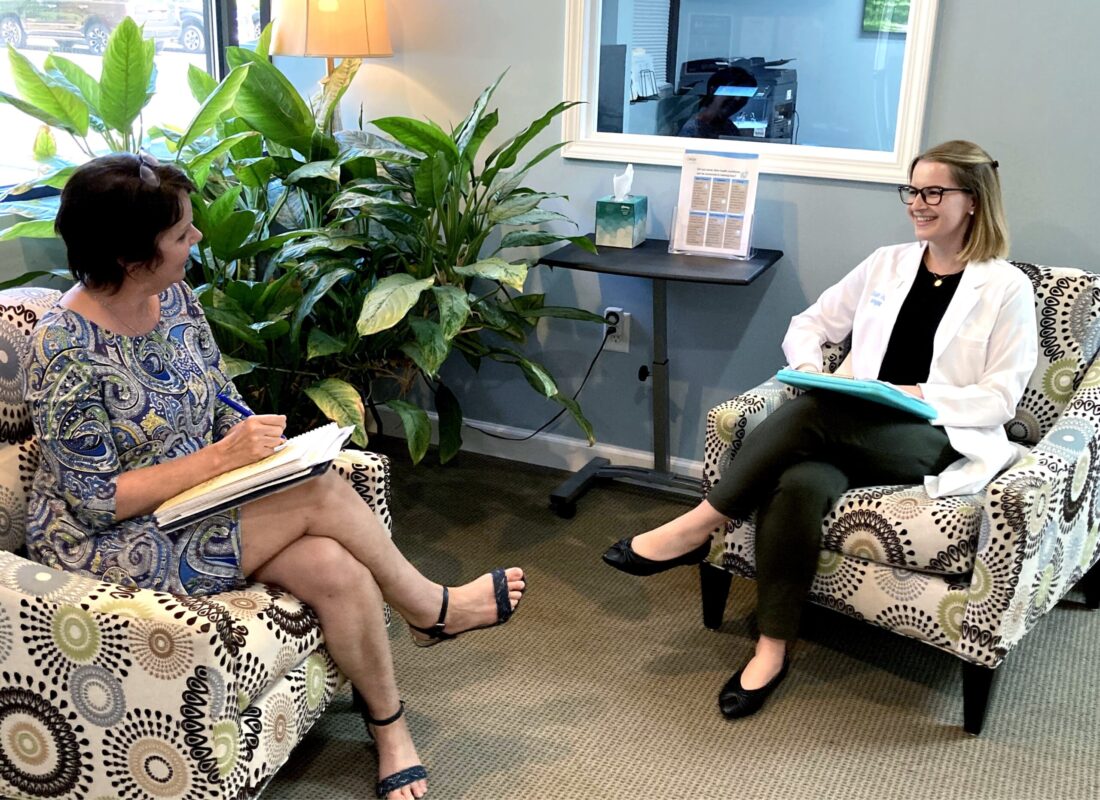Common Myths About Hearing Aids Debunked
They make everything too loud.
This is a common misconception we hear from patients who have spoken with friends and family about their hearing aid experiences. When someone undergoes a hearing test, the results indicate exactly which pitches they have hearing deficits in, and exactly how much of a deficit. This hearing test result or “audiogram” serves as a prescription. It is then fed into a Real Ear Measurement System that provides prescriptive targets for the audiologist to program the hearing aids to. This provides a very precise, pitch-specific response, that makes just the sounds you are missing louder.
Unfortunately, this misconception is spread due to a lack of proper programming in the field of hearing aid programming. Real Ear Measurement, which is what allows us to fine-tune in such a precise way, is only done by about 20% of Audiologists, and the technology has been out for over 20 years!
People are going to notice them on my ears.
What we have found in our clinic is that the lack of hearing ability is often more noticeable than hearing aids themselves. Hearing aids come in all shapes and sizes, and it is easy to find one that is discreet for each person. On top of that, being able to hear others without asking to repeat, lipread, or turn one’s head, makes the hearing loss even more discreet.
Patients need to do their research to find the “perfect” hearing aid.
There are 7 major hearing aid manufacturers, with different styles, levels, and models to keep track of. How can the consumer become educated on so many options?! That is what an Audiologist is for- to keep track of all changes, nuances, and varieties of hearing aid features and products so that they can match your listening and lifestyle needs with the hearing device that will fit your needs best.
They end up in a drawer.
Not at Now Hear This®! We pride ourselves in helping patients adapt fully to their new lifestyle with hearing aids so that the devices are benefiting you daily. The main reasons a hearing aid goes in the drawer is poor programming or poor motivation- and neither of these is an issue with our practice. Our advanced hearing aid programming and detailed counseling leaves patients informed to make the decision that is best for them and leaves hearing aid users happy with their listening needs met.

